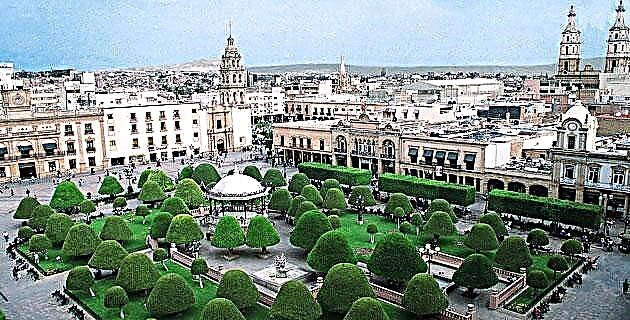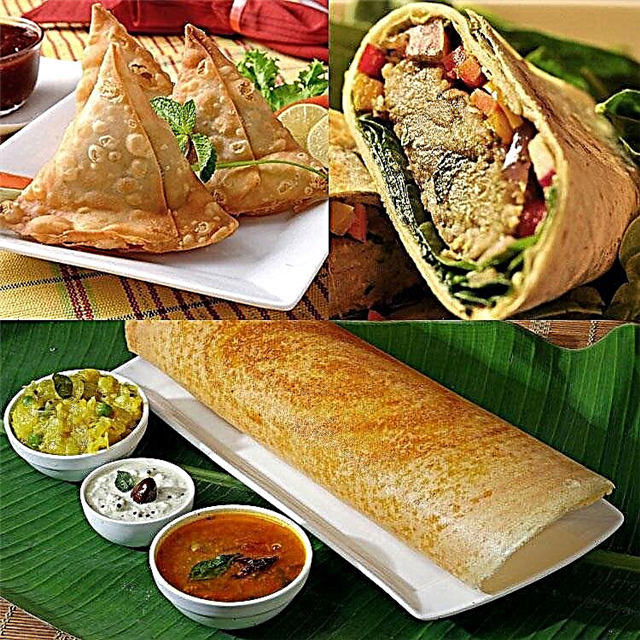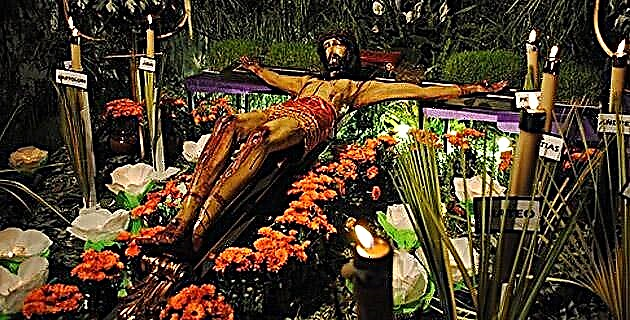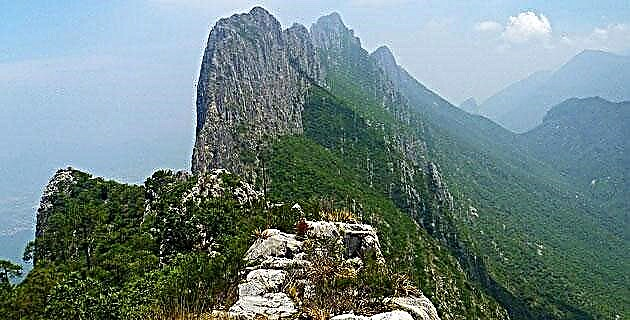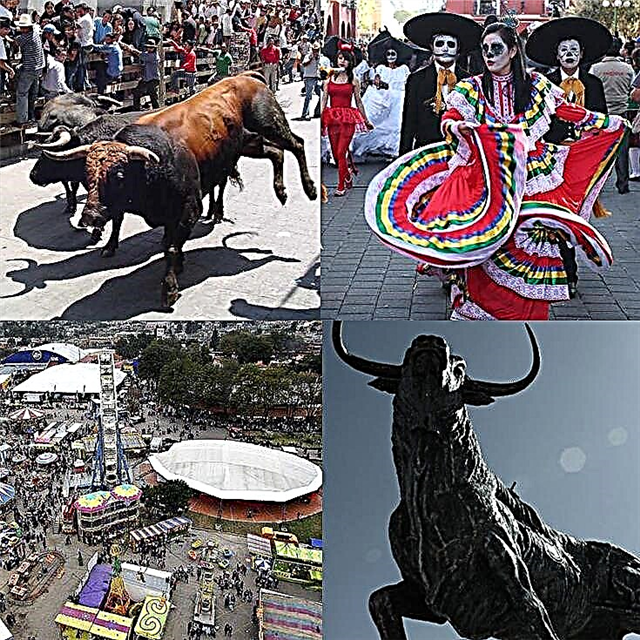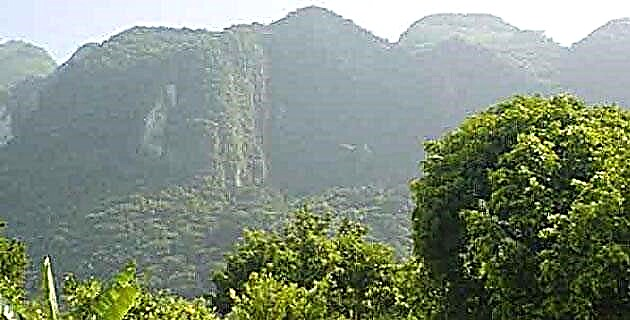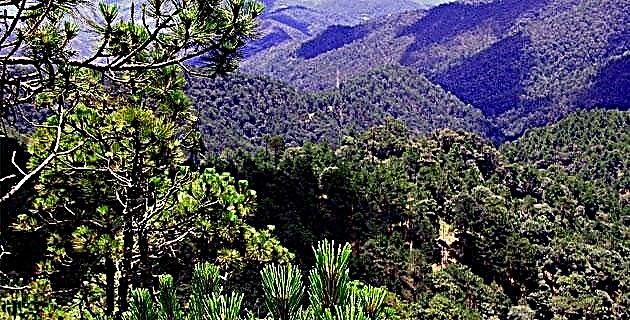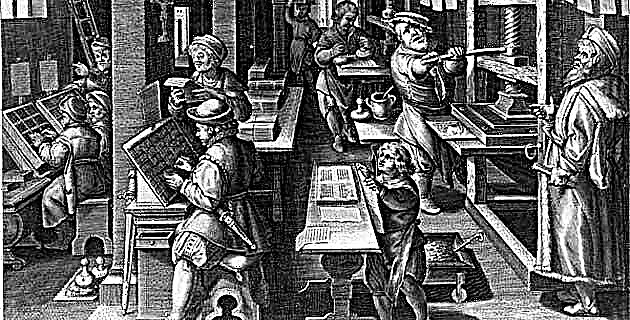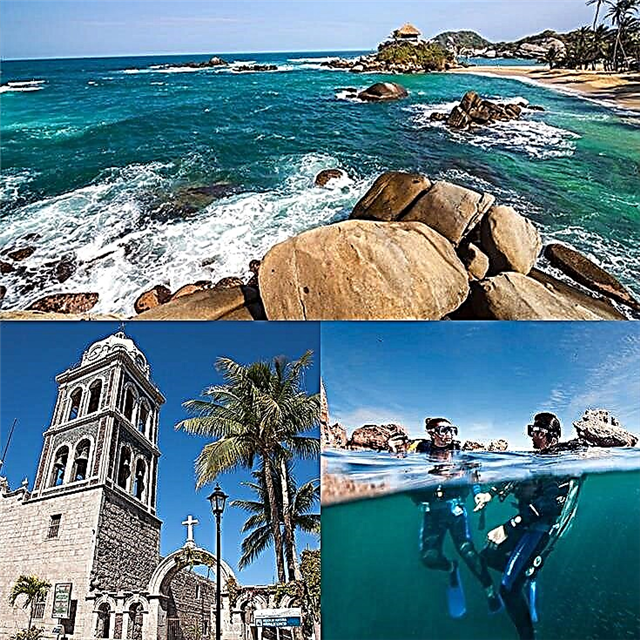Loreto is history, sea, fun and delicious food. With this comprehensive guide to Magic Town Baja California you can enjoy all its attractions.
1. Where is Loreto located?
Loreto is a small city and head of the municipality of the same name, with a population of about 18,000 inhabitants. It is located in the central part of the Sea of Cortez on the side of the Baja California peninsula, making it a magnificent location to explore and discover both the maritime space and the peninsula. The town of Loreto was incorporated into the Mexican Magical Towns system to intensify the tourist use of its architectural and religious heritage, as well as its many beautiful spaces for relaxation and fun on the beach and on land.
2. How do I get to Loreto?
Loreto is located in the central area of the Baja California Peninsula, facing the Sea of Cortez, at a distance of 360 km. peace. To go to Loreto from the capital and main city of the state of Baja California Sur, you have to head north towards Ciudad Constitución, a town that is 150 km away. of the Magic Town. The distance by road from Mexico City exceeds 2,000 km. So the procedure is to take a flight to La Paz and complete the journey by land. Loreto also has a small international airport that handles about 165 passengers per day.
3. What is the weather like in Loreto?
Loreto has the warm, breezy climate that is typical of the Baja California coast. The average temperature is 24 ° C, with July, August and September being the hottest months, with the thermometer reading 31 ° C. At the end of October or beginning of November it begins to cool and in December it is about 18 or 19 ° C, which remain until February. Rain is a strange phenomenon in Loreto; They only fall 129 mm a year, with the low rainfall occurring in August and September. Between April and June it never rains.
4. What is the history of Loreto?
When the Spanish arrived, the territory was inhabited by the Pericúes, Guaycuras, Monguis and Cochimíes. The first European peninsulars to venture into the inhospitable Mexican peninsula arrived in 1683, led by the celebrated missionary father Eusebio Francisco Kino. They first settled in San Bruno, but the lack of fresh water forced them to move to Loreto, from where the process of building missions and evangelization of the indigenous peoples of Baja California would begin. Loreto was the capital of the Californias during the 18th and 19th centuries, until the capital was moved in 1828, first to San Antonio and then to La Paz. In 1992 the municipality was created, with the town of Loreto as the head.
5. What are the main tourist attractions in Loreto?
Loreto is a peaceful and hospitable town that is worth exploring in peace. The main architectural and historical attractions are the Mission of Loreto Concho and other nearby ones such as those of San Francisco Javier and San Juan Bautista Londó. Loreto is also a spectacular beach tourism destination, both for fans of diving, fishing and other water sports, as well as for enthusiasts of observing biodiversity. Also near Loreto there is a site with interesting cave paintings.
6. What is there to see in town?
Strolling through the cobbled streets of Loreto is like walking through the oldest Hispanic population in all of California, after its founding in 1697 by Spanish soldiers and missionaries. The center of Loreto is full of beautiful colonial-style houses around the cozy Plaza Salvatierra and in its surrounding streets. All the roads in Loreto lead to its main architectural symbol, the Mission of Our Lady of Loreto. Beyond, facing the sea, is the Loreto boardwalk, with its sea breeze and its benches surrounded by large stones.
7. What is the importance of the Loreto Conchio Mission?
The Jesuit mission of Nuestra Señora de Loreto Concho, begun in the town in 1697 and finished in 1703, is called "Head and Mother of the Missions of Alta and Baja California." The foundation was an epic of Mexican evangelization, in which Fathers Kino, Salvatierra and others were only accompanied by a handful of risky Spaniards and natives. The Loreto Mission was the first architectural and historical jewel of the Baja California peninsula.
8. What is the Mission of San Francisco Javier like?
35 km. from Loreto is the town of San Francisco Javier, whose main attraction is the Mission of San Francisco Javier or Viggé Biaundó, receiving the latter name from the name of the ravine in which it was built. It was the second Jesuit mission in Baja California and it is the one that has been best preserved. It is a building with a majestic appearance, highlighted by the sobriety of its design and the toughness of its construction.
9. Is it true that a mission disappeared?
Although often not included as a mission, the religious settlement of San Bruno, which was located 20 km. de Loreto, it was the first in the Baja California peninsula, after being founded in 1683 by the Jesuit priests Eusebio Francisco Kino, Matías Goñi and Juan Bautista Copart. Nothing remained of San Bruno, due to the fragility of the construction materials. However, in it, Father Copart learned the Otomí indigenous language, learning that would be fundamental for evangelization.
10. Are there other missions?
After the abandonment of the San Bruno settlement, mainly due to the lack of fresh water, Padre Kino began the construction of the Mission of San Juan Bautista Londó near Loreto, which was completed by Padre Salvatierra. Some ruins of San Juan Londó are preserved that are testimony to the heroic epoch of evangelization. Another mission was that of San Juan Bautista Malibat y Ligüí, founded in 1705 and devoured by the erosion of rain and wind. Malibat and Ligüí are two pre-Hispanic terms whose meaning is unknown.
11. Are there other religious buildings of interest?
In the middle of the Sierra La Giganta, on the road that goes from Loreto to the Mission of San Javier, is the Chapel of Las Parras, a simple building more than 100 years old, ideal to spend some time of tranquility and reflection . In the street that goes to the church of San Javier there is an austere cross called the Cruz del Calvario, carved in basalt and stonework by the Christianized natives of the area.
12. Is there a museum?
The Museum of the Jesuit Missions is an institution that collects the history of the missions of Loreto and Baja California since Father Kino and his companions began their tiring and risky work at the end of the 17th century. In this small museum you will be able to learn many things about 18 missions that were built in the region and about the indigenous peoples that inhabited it when the Spanish soldiers and evangelizers arrived. Weapons, tools, instruments, documents and other pieces are exhibited distributed in 6 rooms.
13. What are the main beaches?
The Bay of Loreto has spectacular beaches both in its continental and insular territory, such as Isla del Carmen, Coronado, Monserrat, Catalina and Danzante. Isla del Carmen is fantastic for whale watching, while the Coronado Islands are among the most visited and are part of the largest Mexican marine nature reserve, the Loreto Bay National Maritime Park, a paradise for sport fishing. the observation of nature and the beach baths.
14. What is the best place to watch whales?
Gray whales love the warm waters of Baja California and their main places of birth are in the Sea of Cortez. They come in the winter months, so if you want to admire these friendly colossi, you must make your trip coincide with that season, which is also the coolest weather in Loreto. The best places to spot the gray whale are the islands of Carmen and Colorado, where you can also see sea lions and other interesting species of fauna and flora.
15. What are the main sports entertainment in Loreto?
Sport fishing is one of the main ones, since industrial fishing is not allowed in the protected area. The waters are teeming with dorado, sailfish, marlins, sea bass, red snapper, snappers, mackerel and other species. Another exciting marine activity in Loreto is diving, a spectacle for the eyes, due to the variety and color of the aquatic species. On the surface of the sea and on the coasts and islets it is possible to admire whales, sea lions, sea turtles and various species of birds, such as seagulls and pelicans. You can also go sailing and kayaking.
16. Is there entertainment on land?
The arid landscape of Loreto offers magnificent spaces for cycling, admiring the immensity of the landscapes. At a nearby site called El Juncalito there are rocky walls that rise in beautiful contrast to the surrounding landscape and are popular for rappelling. A walk through Loreto, breathing the iodized air that comes from the sea is a gift for the lungs and the heart. The Loreto Bay Resort and Spa has one of the most challenging and beautiful golf courses in Mexico.
17. Where are the cave paintings?
The Sierra de San Francisco, a place located between Loreto and Bahía de Los Ángeles, is home to an extraordinary collection of large cave paintings, even larger than those found in the famous archaeological art sites of the Altamira Cave, Spain, and the Lascaux cave, France. The paintings are believed to be up to 1,500 years old and depict scenes from everyday life, such as hunting, and other more complex visions such as magic and cosmology.
18. What are the main festive events in Loreto?
The main religious festival in Loreto is the one celebrated in honor of the Virgin of Loreto, which has its most splendid day on September 8. The Loreto foundation festivities, which take place between October 19 and 25, are an attractive cultural event reminiscent of pre-Columbian times and the legendary times of evangelization. Likewise, Loreto is the frequent setting for fishing tournaments and off-road car races on its desert circuits.
19. What is the town's crafts like?
The main artisan line of Loreto is the production of pieces of sea shells, of which they have an inexhaustible supply in the Sea of Cortez. With its shells, local artisans make jewelery, ornaments, religious figures and other beautiful objects. Likewise, in the town magnificent pieces of saddlery are made, worked with traditional methods. Another striking object made in the locality is the traditional clay piggy bank that will possibly bring back memories of your childhood savings.
20. What is the most remarkable thing about gastronomy?
The culinary art of Loreto brings together the best of the Baja California land and sea. The fresh heavy and seafood from the Sea of Cortez is a feast for the palate and some of the delicacies are lobster a la diabla, octopus ceviche and shrimp tostadas. From local products, Loreto cooks make the traditional mash of dried beef with egg, although there are also fish and turtle versions. The ideal companion is a good wine from the prestigious Baja California wine region.
21. Where do I stay in Loreto?
Loreto has a comfortable hotel offer, suitable to serve international tourism. Loreto Bay Golf Resort & Spa is a luxury accommodation located 10 minutes from the town, which has a beautiful 18-hole golf course. Villa del Palmar Beach Resort & Spa is a place with beautiful suites, ideal for relaxation. Hotel Tripui is a place whose clients highlight the careful attention. Other recommended accommodations in Loreto are La Misión Loreto, Las Cabañas de Loreto and Casitas El Tiburon.
22. What are the best restaurants?
Mediterranean Restaurant, on the Loreto boardwalk, is a house facing the sea that offers exquisite Mexican and international food, and has a breakfast of traditional Mexican dishes. Orlando’s Restaurant offers excellent pasta and salads, as well as a wide variety of drinks, at very affordable prices. The Mi Loreto restaurant is Mexican food and is highly praised for its huaraches and quesadillas. You can also go to Mita Gourmet, Los Mandiles and Los Olivos.
We hope that on your next visit to Loreto you will be able to visit all its missions and its most charming beaches. See you soon for another wonderful informational walk.

